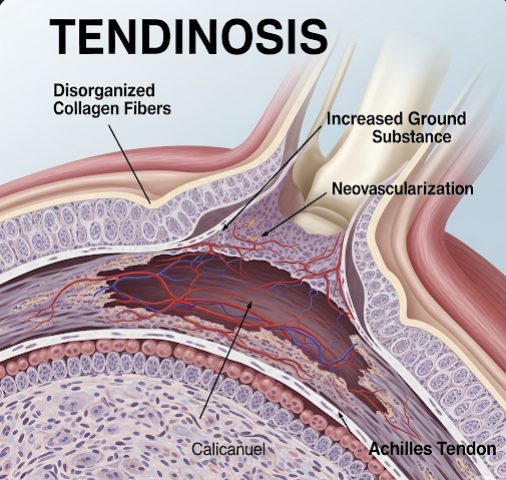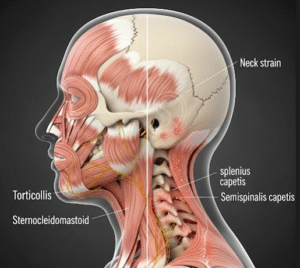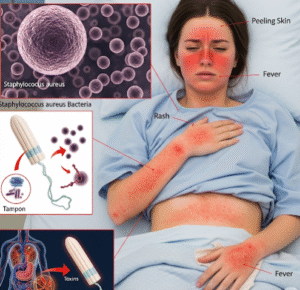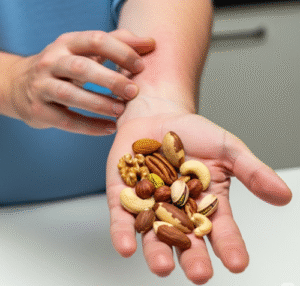Overview
Tendinosis is a chronic, degenerative condition of a tendon characterized by structural deterioration, collagen disorganization, and impaired healing without significant inflammation. Unlike tendonitis, which involves acute inflammation, tendinosis results from repeated overuse, aging, or microtrauma, leading to pain, weakness, and reduced function. In South Korea, advanced orthopedic and sports medicine clinics provide comprehensive diagnosis and treatment options, including physiotherapy, minimally invasive procedures, and surgical interventions, ensuring effective management and rehabilitation for patients of all ages.
What is Tendinosis?
Tendinosis is the degeneration of tendon fibers, often caused by repetitive mechanical stress over time. The condition typically affects tendons in the shoulder (rotator cuff), elbow (lateral epicondyle), wrist, knee (patellar tendon), and Achilles tendon. Tendinosis results from failed healing and microstructural changes within the tendon, including collagen fiber breakdown, neovascularization, and increased cellularity. Unlike acute tendonitis, inflammation is minimal, making the condition more insidious and challenging to treat. South Korean orthopedic specialists emphasize early detection and intervention to prevent tendon rupture and restore function.
Symptoms
Symptoms of tendinosis develop gradually and may include:
- Persistent, localized tendon pain worsened by activity
- Tenderness over the affected tendon
- Stiffness, especially in the morning or after periods of inactivity
- Swelling or thickening of the tendon in chronic cases
- Weakness or reduced range of motion in the affected joint
- Clicking or snapping sensations in certain tendons, such as the shoulder or knee
- Difficulty performing repetitive movements without discomfort
Because tendinosis progresses slowly, patients often adapt their activity levels until the pain becomes limiting.
Causes
Tendinosis develops due to repeated stress on a tendon, leading to microtears and inadequate repair. Common causes include:
- Overuse from repetitive movements in sports or occupational activities
- Aging, as tendons lose elasticity and regenerative capacity over time
- Poor biomechanics, including improper technique or posture during activity
- Prior tendon injuries or incomplete healing from previous tendonitis
- Chronic conditions such as diabetes or hypercholesterolemia that impair tendon health
- Nutritional deficiencies affecting collagen production and repair
In South Korea, specialized sports medicine centers evaluate these factors to design individualized prevention and rehabilitation programs.
Risk Factors
Certain factors increase the likelihood of developing tendinosis:
- Participation in repetitive or high-impact sports, such as tennis, golf, or running
- Occupations involving repeated motions or heavy lifting
- Age over 35 years, when tendons naturally become less flexible
- Poor conditioning or lack of muscle strength supporting the tendon
- Previous tendon injury or surgery
- Anatomical abnormalities that increase mechanical stress on tendons
- Metabolic disorders such as diabetes or thyroid disease
Risk factor assessment in South Korea allows clinicians to implement preventive strategies and reduce recurrence.
Complications
Untreated tendinosis can lead to several complications:
- Chronic pain affecting daily activities and work performance
- Tendon rupture, which may require surgical repair
- Reduced strength and range of motion in the affected joint
- Secondary joint or muscle injuries due to compensatory movements
- Persistent inflammation or calcification in chronic cases
- Impaired athletic performance or occupational limitations
- Psychological distress due to chronic pain and functional limitations
Timely treatment in Korean clinics can prevent these complications and restore full function.
Prevention
Preventing tendinosis involves lifestyle modifications, exercise, and ergonomic practices:
- Gradual training and conditioning: Avoid sudden increases in activity intensity or duration
- Proper technique: Ensure correct form during sports or repetitive occupational tasks
- Strengthening exercises: Build supportive muscles to reduce stress on tendons
- Stretching and flexibility routines: Maintain tendon and joint elasticity
- Rest and recovery: Allow sufficient recovery time between repetitive activities
- Ergonomic adjustments: Optimize workplace or sports equipment to reduce tendon strain
- Nutrition: Adequate protein and vitamins to support tendon repair and collagen synthesis
Korean sports medicine centers emphasize prevention through education, training, and customized exercise programs.
Treatment Options in Korea
Treatment of tendinosis in South Korea is comprehensive, combining conservative measures, minimally invasive procedures, and surgical options:
Diagnosis:
- Clinical examination for tenderness, swelling, and range of motion
- Imaging such as ultrasound or MRI to assess tendon degeneration and rule out tears
- Functional tests to evaluate strength and joint mechanics
Conservative Treatments:
- Physical therapy: Eccentric exercises, stretching, and strengthening programs
- Activity modification: Reducing or altering movements that aggravate the tendon
- Medications: Pain relief with NSAIDs for symptomatic management
- Orthotic or supportive devices: Braces or splints to reduce tendon strain
Minimally Invasive Interventions:
- Platelet-rich plasma (PRP) injections: Promote tendon healing and regeneration
- Shockwave therapy: Stimulates blood flow and collagen repair in degenerated tendons
- Ultrasound-guided needling (tenotomy): Breaks down scar tissue and stimulates healing
Surgical Treatments:
- Considered when conservative or minimally invasive treatments fail
- Procedures include tendon debridement, repair, or reattachment depending on location and severity
- Postoperative rehabilitation ensures recovery of strength, flexibility, and function
Supportive Care:
- Pain management and lifestyle counseling
- Gradual return-to-activity programs under professional supervision
- Long-term follow-up to prevent recurrence and maintain tendon health
South Korea’s healthcare system integrates orthopedic, rehabilitation, and sports medicine expertise to provide effective, evidence-based care for tendinosis patients, promoting optimal recovery and long-term joint and tendon health.













